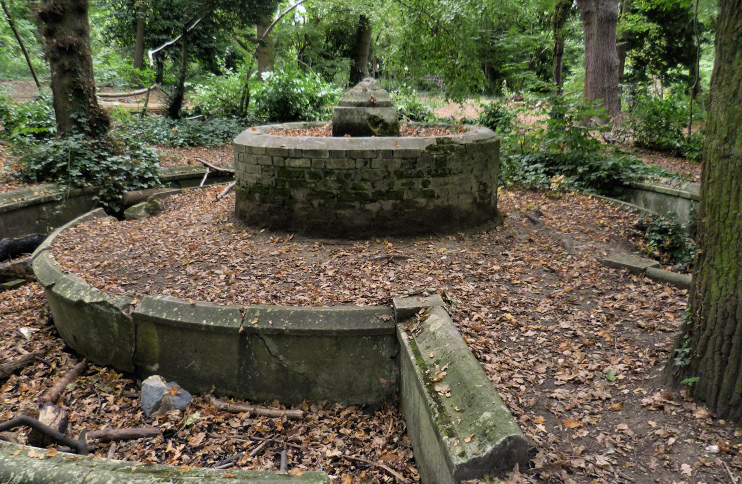Shortlands
Shortlands, Bromley
The prosperous south-western corner of Bromley town, previously called Clay Hill

Evidence of an Iron Age hill-fort has been discovered at Toots Wood, together with fragments of Roman pottery, indicating the presence of a moderately significant settlement.
The medieval field pattern here consisted of sets of long and short fields, called Longelonds and Shortelonds, and the latter gave their name to a house built at the beginning of the 18th century. The house and its extensive farmland were acquired in 1848 by railway magnate William Wilkinson, who built several cottages for his agricultural labourers.
In 1858 the West End and Crystal Palace Railway Company opened Shortlands station, prompting Wilkinson to sell his farm’s 163 acres for development. The oak and birch trees of Kingswood were cleared as the Shortlands estate took shape. Wilkinson died in 1865, leaving an endowment for the construction of St Mary’s church.
In a second phase of development around 1880, the Westmoreland Road area was built up with a group of handsome villas known as the South Hill Park estate. In 1887 Sir Thomas Dewey, chairman of Prudential Assurance Company, bought what remained of South Hill Wood (itself a remnant of Toots Hill Wood), cleared most of its trees and built himself a grand house with lavishly planted and ornamented gardens. The site of the former house is now a public park and the dilapidated garden fountain can still be seen amidst the regenerated woodland (as shown in the photograph above*).
Shortlands House served as a hotel for the first half of the 20th century and then became a school, now called Bishop Challoner school. A number of maisonette blocks were built in Shortlands from the 1960s onwards.
Shortlands residents are overwhelmingly white home-owners and tend to be relatively well-educated. The houses are comparatively large, although a third have only one occupant. At 41.7 years, the average age of residents is significantly higher than in most parts of the capital.
George Grote, born at Shortlands House in 1794, wrote an authoritative history of Greece in twelve volumes, without ever visiting the country, and served as MP for the City of London, president of University College, London and vice-chancellor of the University of London. In 1869 he refused the offer of a peerage. Grote died two years later and was interred in Westminster Abbey’s Poets’ Corner.
